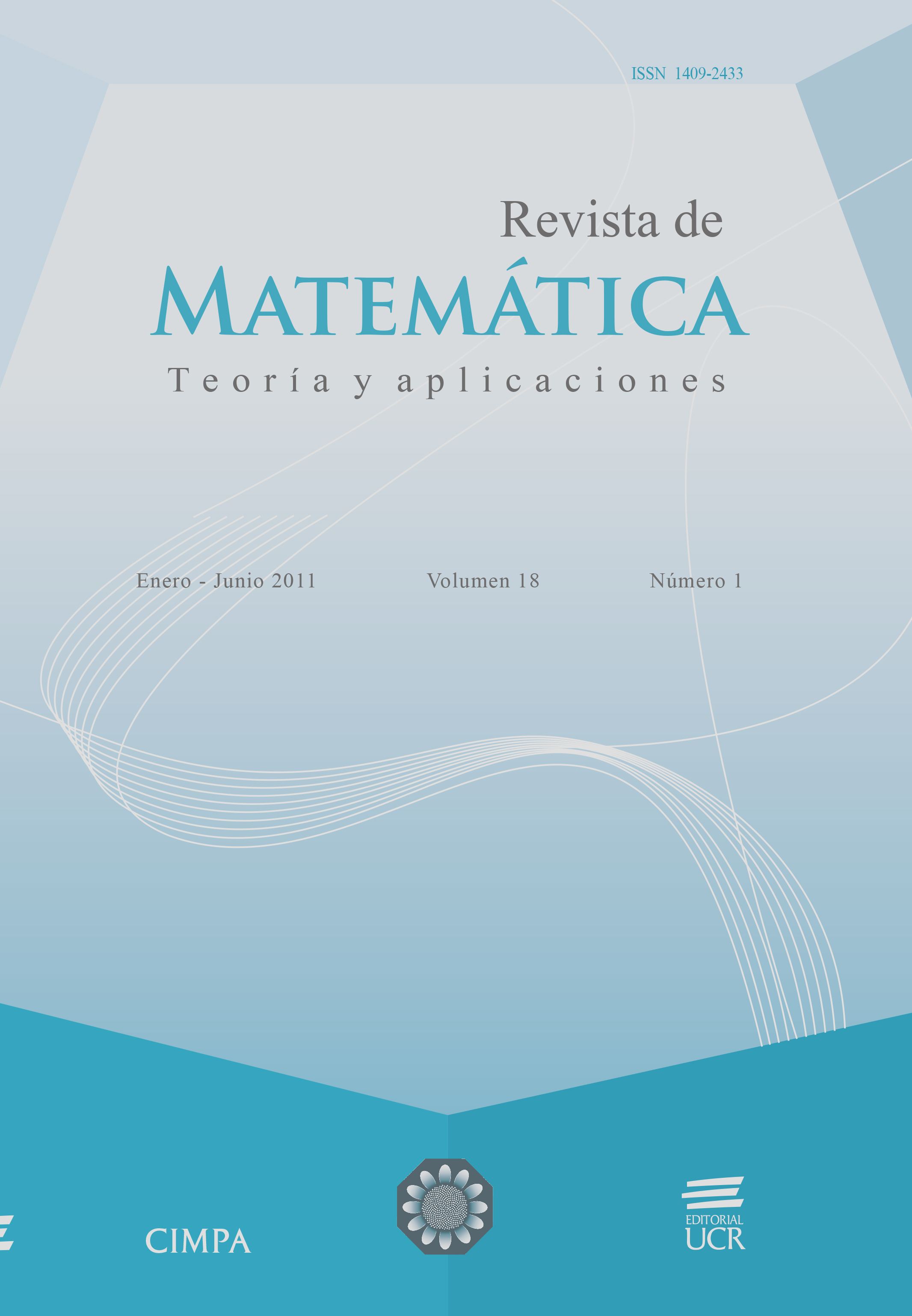Abstract
In the context of insurance mathematics, we study the renewal properties of the so-called aggregate claim amount for the non-discounted and the discounted case. For these models, we set integral equations for the distribution function. Additionally we mention how the integral equation may be used to find an approximation of the distribution.
References
Asmussen, S. (2008) Applied Probability and Queues. Springer, New York.
Atkinson, K. E. (1997) The Numerical Solution of Integral Equations of the Second Kind. Cambridge University Press, Cambridge UK.
Brunner, H.; Kauthen, J.P. (1989) “The numerical solution of two-dimensional Volterra integral equations by collocation and iterated collocation”, IMA Journal of Numerical Analysis 9(1): 47–59.
Cheney, W. (2001) Analysis for Applied Mathematics. Springer, New York.
Ramsay, C. M. (1994) “On an integral equation for discounted compound–annuity distributions”, ASTIN Bulletin 19(2): 191–198.
Rolski, T.; Schmidli, H.; Schmidt, V.; Teugels, J. (1999) Stochastic Processes for Insurance and Finance. John Wiley & Sons, New York.
Scalas, E. (2006) “Five years of continuous-time random walks in econophysics”, in: A. Namatame, T. Kaizouji & Y. Aruka (Eds.) The Complex Networks of Economic Interactions, Lectures Notes in Economics and Mathematical Systems 567, Springer Verlag, Berlin: 3–16.
Scalas, E.; Gorenflo, R.; Mainardi, F. (2004) “Uncoupled continuous-time random walks: Solution and limiting behavior of the master equation”, Physical Review E 69(1): 011107 [8 pages].
Thorin, O.; Wikstad, N. (1973) “Numerical evaluation of the ruin probabilities for a finite period” Astin Bulletin 7: 137–153.
Whitt, W. (2002) Stochastic-Process Limits. An Introduction to Stochastic-Process Limits and Their Applications to Queues. Springer, New York.





